Control Valves Applications
Oil and Gas Industry
Flow control in pipelines for transportation of crude oil, natural gas, and refined products.
Pressure regulation in gas distribution networks and compressor stations.
Control of process variables in refining operations such as distillation, cracking, and
hydroprocessing.
Chemical and Petrochemical Industry
Regulation of flow rates, pressure, and temperatures in chemical processing plants.
Control of reaction rates and feedstock flows in petrochemical production.
Handling of corrosive, toxic, or hazardous fluids using specialized control valves.
Power Generation
Steam flow control in power plants for turbine operation and power generation.
Control of cooling water, fuel, and air flows in thermal power plants.
Regulation of flow rates and pressures in hydroelectric and nuclear power plants.
Water and Wastewater Treatment
Flow control in water distribution systems for municipal and industrial use.
Regulation of flow rates and pressures in wastewater treatment plants.
Control of chemical dosing and mixing processes for water treatment.
Food and Beverage Industry
Flow control in food processing and packaging operations.
Regulation of ingredient flows and mixing ratios in food and beverage production.
Control of temperature and pressure in cooking, pasteurization, and sterilization processes.



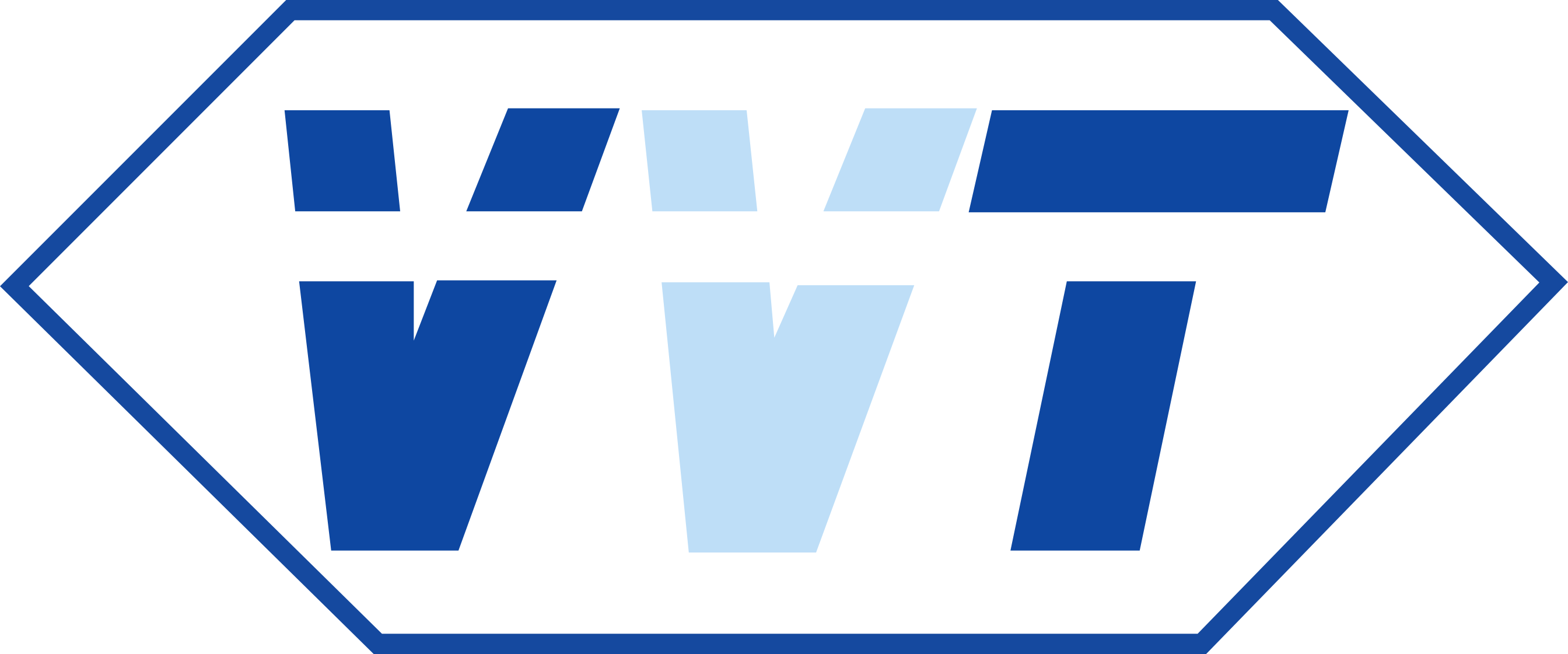


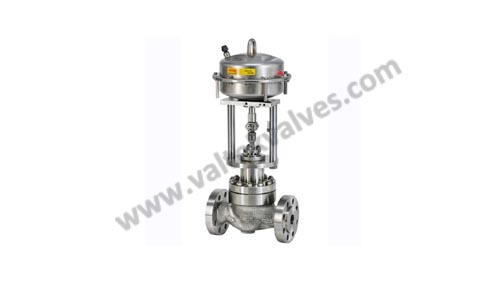
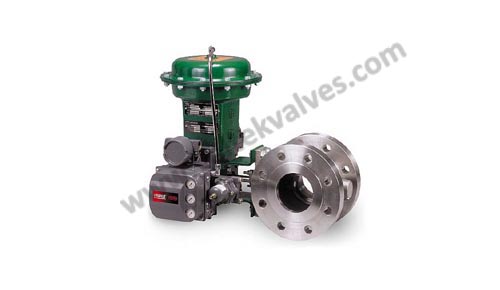
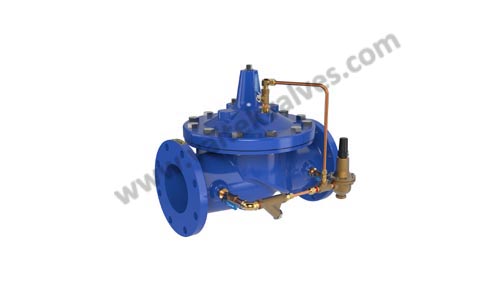
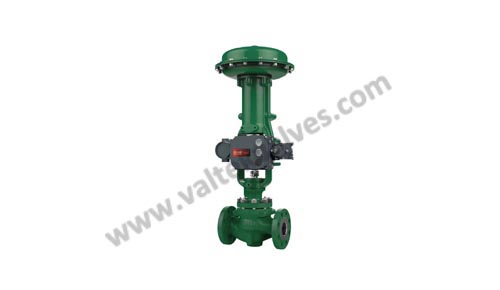
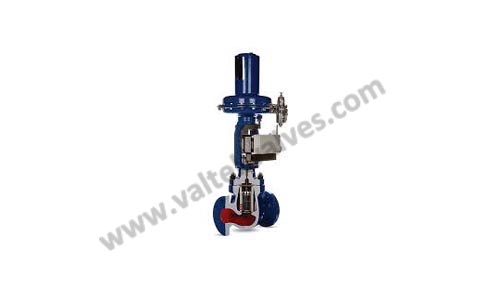
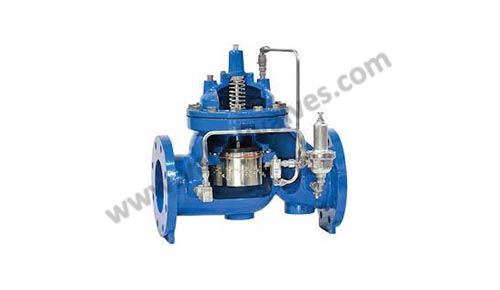













One of the best supplier i could ever found. Plus you are the best and cheapest.